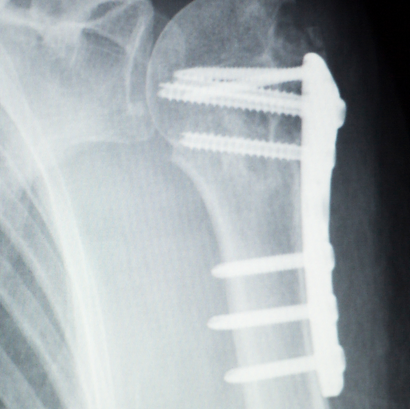Partial Shoulder Replacement
Replacement
Partial Shoulder Replacement
A partial shoulder replacement, known as shoulder hemiarthroplasty, involves surgically replacing the upper bone in the arm (humerus) with a metal prosthetic implant while preserving the other half of the shoulder joint (glenoid or socket).


What are the indications for shoulder hemiarthroplasty?
Avascular necrosis of the humeral head occurs when the blood supply to the ball-shaped part of the upper arm bone is blocked, often due to factors like excessive alcohol consumption, corticosteroid usage, radiation therapy, or sickle cell anemia. This leads to the death of cells in the humeral head.
Treatment for a tumor involving the humeral head typically involves surgical removal followed by replacement with a metal prosthesis.
Trauma, such as a fracture in the upper part of the humerus, particularly a Neer type IV fracture where the humeral head breaks into four parts, may require medical intervention.
Osteoarthritis, characterized by arthritis in the shoulder joint with insufficient bone support in the socket, may necessitate treatment to manage symptoms and preserve joint function.
Goals of shoulder hemiarthroplasty
The objectives of hemiarthroplasty are:
Alleviation of pain
Enhancement of overhead motion
Boost in strength for overhead activities.
